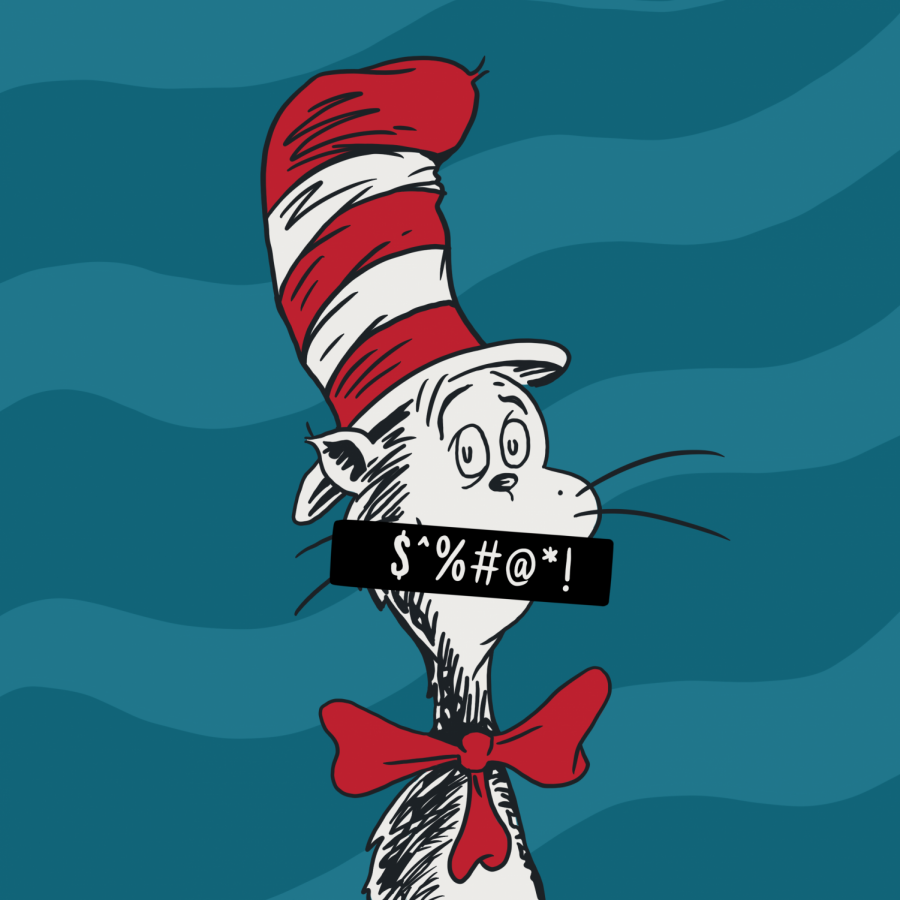Opinion | ‘Canceling’ older art mitigates education, social progress
March 24, 2021
For anyone who keeps tabs on breaking news or possesses even a minimal presence on social media, they know “cancel culture” is more prevalent now than ever before. Exacerbated intensely through Twitter, the phenomenon typically consists of internet detectives unearthing a person or company’s content that has not aged particularly well.
Most offending content brought into scrutiny by these internet watchdogs contain insensitive sentiments toward marginalized demographics of people, typically targeting one’s skin color, ethnic background, religious beliefs, sexual orientation or cultural practices.
While endowing oneself with such a role may appear to be a noble cause, too many who engage in cancel culture are actively combating the exact thing they claim to be advancing: social progress.
This is not at all to say those who have expressed contempt toward marginalized people groups should avoid scrutiny or repercussion — bigotry cannot be tolerated. However, there must be a distinction drawn between scrutinization and total erasure of a legacy, the latter of which often being the goal of most people who spend hours delving through the recesses of the internet to uncover despicable material.
Negative social progress will be made due to so many of these internet sleuths embarking on their thorough investigations of certain public figures or organizations with the intent of eradicating their stories from the annals of time. Spanish philosopher George Santayana famously coined the phrase, “Those who do not remember the past are condemned to repeat it.”
Get The Daily Illini in your inbox!
With Santayana’s quote in mind, one must acknowledge the danger of wholly “canceling” a famous figure or company that is guilty of expressing prejudiced sentiments.
If every prominent cultural icon guilty of putting forth insensitive material undergoes total cancelation, their intolerant content will be swept under the rug. Such thorough cancelation only serves to hamper one’s ability to obtain access to the offensive material, which in turn stifles their ability to learn from the prejudiced misdeeds of whomever is being “canceled.”
With this fact considered, it has been encouraging to witness several recent instances where those who possess ownership over censurable content have treated their offensive art in such a way that isn’t to the detriment of necessary social education.
A prevalent example is the response to the recent campaign launched against Dr. Seuss, which has seen many aim to “cancel” the author for drawing offensive, stereotypical depictions of Asian characters in several of his books. The pointed crusade against the acclaimed children’s author has already borne fruit, as six famous Dr. Seuss books will cease to be published due to racially insensitive imagery.
However, this decision made by Dr. Seuss Enterprises does not mark the beginning of the end for the existence of Theodor Geisel’s work.
Philip Nel, an English professor at Kansas University who authored a book about Dr. Seuss and hidden racism in children’s books, astutely observes that, “[The books are] not going to disappear. They’re not being banned. It’s just a decision to no longer sell them.”
Dr. Seuss Enterprises has rightfully decided it should no longer profit from the production of a select handful of books that depict certain cultures in a flagrantly offensive light — and that’s all.
The company is not altering any of Geisel’s art, nor is it attempting to eradicate the author’s offensive work from existence. Dr. Seuss Enterprises’ decision to take this route illustrates the company is aware of how paramount the acknowledgement of offensive art is to society’s ability to learn from and improve upon the unacceptable and insensitive wrongdoings of others.
In handling the debacle in the manner that they have, Dr. Seuss Enterprises has provided a fine example for how offensive art should be handled: with sufficient denouncement and disbarment of the insensitive elements, but without an effort to wholly expunge their existence.
Perhaps the most poignant example of a company properly handling offensive art is found in a content disclaimer Warner Brothers Pictures released just over six years ago that warns the viewer of impending insensitive content at the beginning of a number of the company’s older Looney Tunes episodes created in the early-to-mid 1900s.
The warning explains how these particular cartoons contain racially offensive imagery that reflects prejudices which were — and still are — incredibly prevalent and deeply woven into American society. It goes on to read, “these cartoons are being presented as they were originally created, because to do otherwise would be the same as claiming these prejudices never existed.”
As painful as it is to acknowledge racist imagery in beloved American art such as Dr. Seuss books or Looney Tunes episodes, acknowledge it society must — but only in a way that refrains from attempting to correct past misdeeds.
Those ingrained in cancel culture must look to the examples set by Warner Brothers Pictures and Dr. Seuss Enterprises, or else they’ll only continue to weaken society’s capability to learn from past transgressions and further dig it into the abyssal pit that is racial prejudice and insensitivity.
Nick is a sophomore in LAS.







